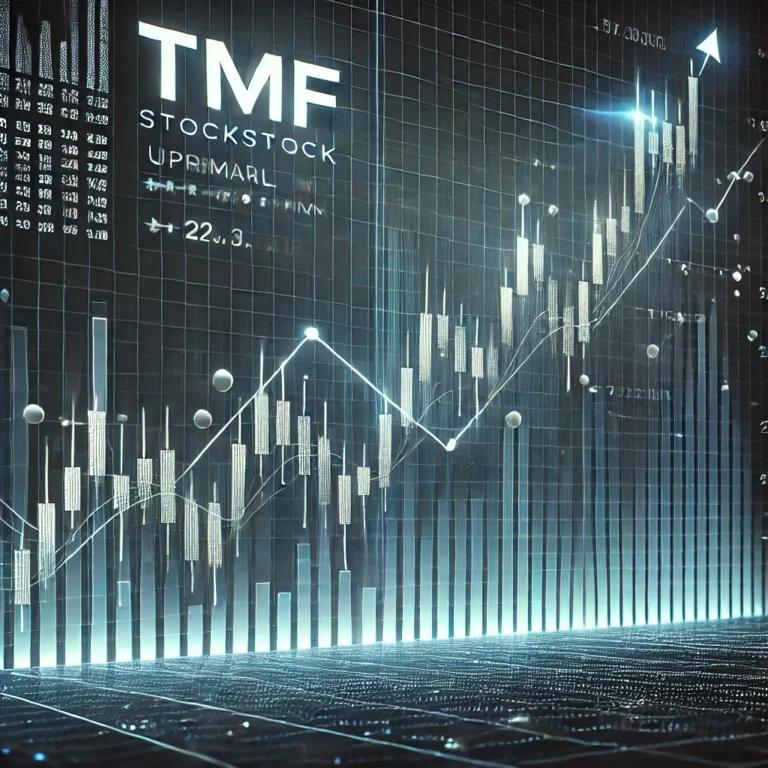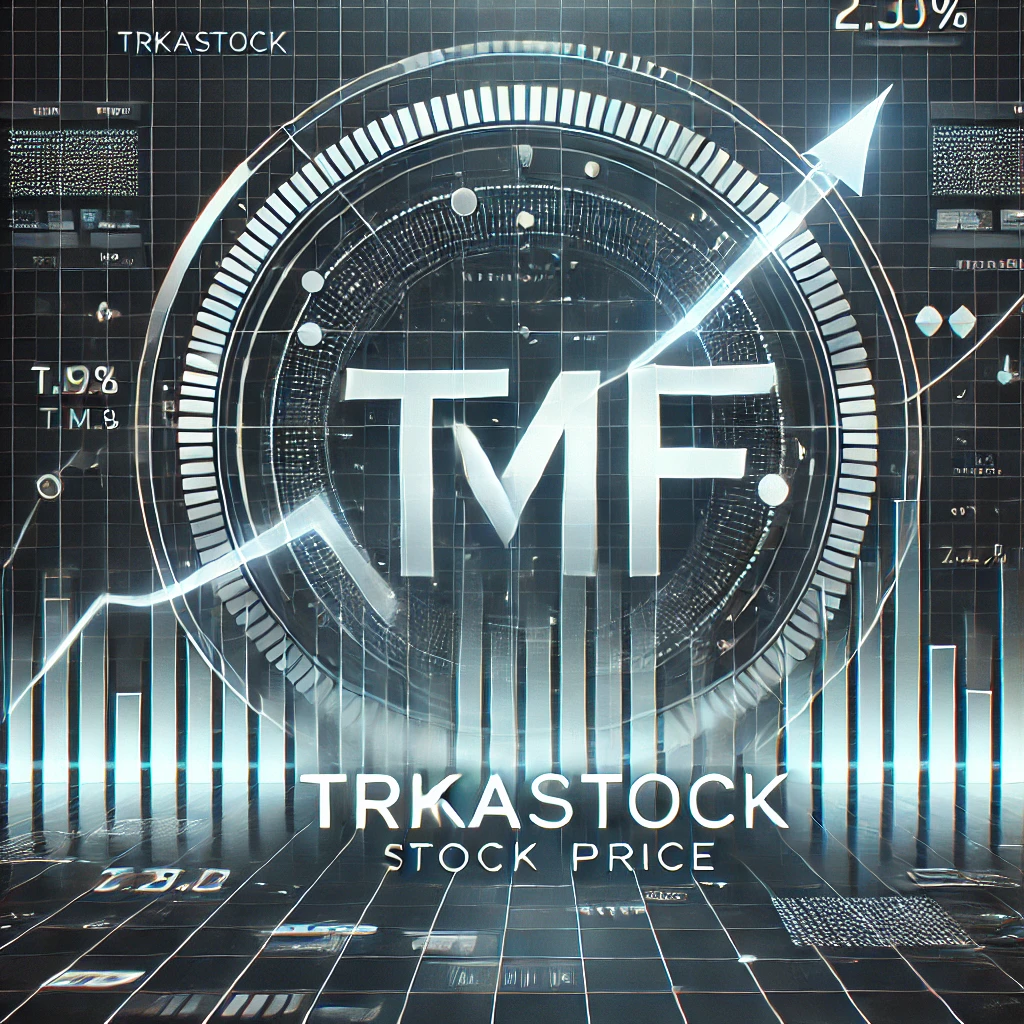TMF Stock Price: Understanding Trends and Investment Potential
Investors often seek opportunities in various exchange-traded funds (ETFs), and one that frequently catches attention is the TMF stock price. If you’re considering an investment in Direxion Daily 20+ Year Treasury Bull 3X Shares (TMF), it’s essential to understand the key trends, performance metrics, and potential risks. This article covers the TMF stock price, its recent movements, and what factors influence this ETF’s value.
What is TMF Stock?
TMF, or the Direxion Daily 20+ Year Treasury Bull 3X Shares, is an ETF that seeks to achieve daily investment results, before fees and expenses, of 300% of the daily performance of the ICE U.S. Treasury 20+ Year Bond Index. As a leveraged ETF, TMF aims to amplify returns based on the movements of long-term U.S. Treasury bonds. Given its leveraged nature, the TMF stock price is highly sensitive to changes in interest rates and economic data.
Why Monitor the TMF Stock Price?
Monitoring the TMF stock price is crucial for investors who are looking to take advantage of the ETF’s leverage. The TMF stock price can offer insights into broader market sentiments toward long-term treasury bonds and expectations about interest rate changes by the Federal Reserve.
Recent Trends in TMF Stock Price
The TMF stock price has shown significant volatility over recent months, reflecting shifts in investor sentiment and macroeconomic conditions. Here are some key trends:
- Interest Rate Fluctuations: As TMF is tied to the performance of long-term bonds, changes in interest rates directly impact the stock price. When rates decrease, bond prices typically increase, leading to a potential rise in the TMF stock price.
- Inflation Data: Inflation concerns can also influence the TMF stock prices. Higher inflation often leads to higher interest rates, which can put downward pressure on the ETF.
- Economic Reports: Reports like the U.S. GDP growth rate, employment data, and Federal Reserve announcements can lead to price swings in TMF as investors adjust their expectations for the bond market.
Factors Influencing TMF Stock Prices
Understanding the factors that drive the TMF stock prices is key to making informed investment decisions. Here are some primary influences:
- Federal Reserve Policy: The TMF stock prices tends to be highly reactive to changes in the Federal Reserve’s monetary policy. Rate hikes can negatively impact TMF, while rate cuts can boost its price.
- Bond Market Volatility: Since TMF is leveraged, even small changes in the bond market can lead to significant price movements. Monitoring bond market trends is essential for investors.
- Economic Indicators: Data like inflation, unemployment rates, and GDP growth play a crucial role in shaping market expectations for interest rates, thus impacting the TMF stock prices.
Is TMF a Good Investment?
Investing in TMF can be profitable, but it comes with higher risks due to its leveraged structure. Here are some pros and cons to consider:
- Pros:
- Potential for High Returns: With 3X leverage, TMF can deliver higher returns in a favorable bond market.
- Diversification: TMF allows investors to diversify their portfolios with exposure to U.S. Treasury bonds.
- Cons:
- High Volatility: TMF’s leverage means higher potential losses during market downturns.
- Short-Term Focus: Leveraged ETFs like TMF are generally better suited for short-term trading rather than long-term holding.
How to Invest in TMF
Investing in TMF is relatively straightforward through most online brokerage platforms. Here are some tips for those considering an investment in TMF:
- Set a Clear Strategy: Due to TMF’s volatility, it’s essential to have a clear entry and exit strategy.
- Stay Informed: Keep track of economic reports and Federal Reserve announcements, as these can impact the TMF stock prices significantly.
- Consider Risk Management: Use stop-loss orders and monitor your portfolio regularly to manage the risks associated with leveraged ETFs like TMF.
Conclusion: Navigating the TMF Stock Prices
The TMF stock price offers opportunities for investors looking to capitalize on movements in long-term Treasury bonds. However, due to its leveraged nature, it’s important to understand the factors that drive its price and to have a clear investment strategy. By keeping an eye on economic trends and interest rate changes, investors can make more informed decisions about adding TMF to their portfolios.


